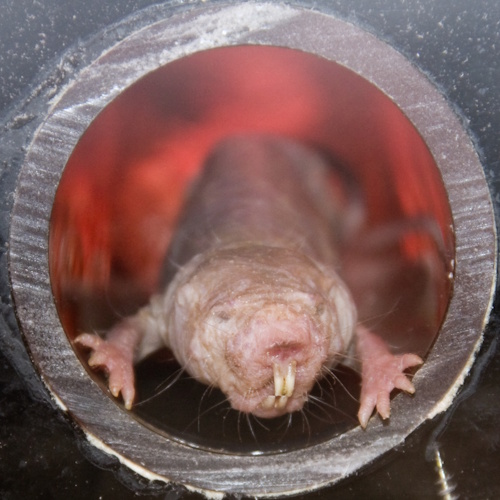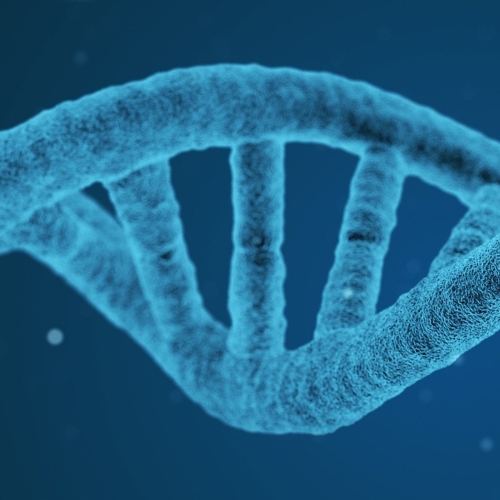Key points from article :
A new study published in Science has uncovered how the naked mole rat — a wrinkled, nearly hairless rodent that can live for almost 40 years — maintains its remarkable longevity. Led by researchers from Tongji University in Shanghai, China, the study reveals that these animals have evolved a unique DNA repair mechanism that could help explain their exceptional lifespan and resistance to age-related diseases such as cancer, arthritis, and neurodegeneration.
The research focused on the protein cGAS, which in humans typically interferes with the body’s ability to repair damaged DNA. When DNA strands break, cells normally use an intact strand as a template for repair — but human cGAS can disrupt this process, contributing to ageing and disease. In naked mole rats, however, the same protein appears to function in reverse, actively supporting DNA repair and preserving genetic stability throughout the animal’s life.
Professor Gabriel Balmus, a DNA repair and ageing specialist at the University of Cambridge, called the discovery “the tip of the iceberg” in understanding why naked mole rats age so slowly. He likened the cGAS protein to a biological Lego piece — structurally similar in both humans and mole rats, but subtly reconfigured in the latter to build an entirely different function. This evolutionary rewiring, Balmus said, shows how nature can reshape the same molecular machinery for survival advantages.
The findings open up new avenues for ageing research and potential medical applications. Scientists are now asking whether this molecular adaptation is unique to naked mole rats or part of a broader evolutionary pattern. If researchers can uncover how to replicate the mole rat’s DNA-repair trick in humans, it could pave the way for therapies to combat ageing and extend healthy lifespan.







